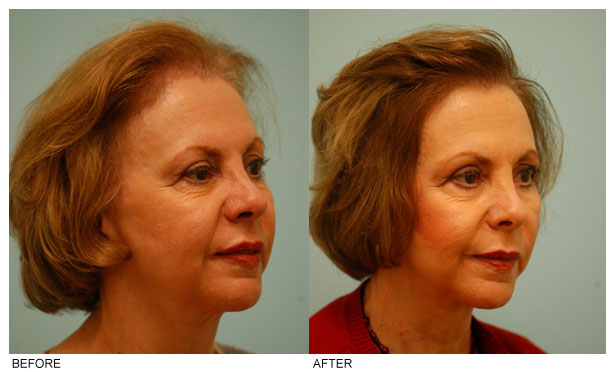The Female Hairline In Depth
One of my passions is female hairline reconstruction. A large reason why is that it is one of the technically most challenging and artistically demanding parts of the head to do and to do right. Unlike a male hairline in which all the hairs angle perfectly straight forward, the female hairline if done correctly goes in all different directions to make it appear as feminine and natural as possible. In this article, we will discuss the two elements of a female hairline: the macro hairline (overall shape) and the micro hairline (the details of how each of the angles are created when making recipient sites into which the hair grafts are placed).
The macro hairline, or overall hairline shape, in many respects is the exact opposite of a male hairline. Men tend to have a more pronounced fronto-temporal recession with the curvature of the hairline aiming backward into these points of recessions. A beautiful female hairline curves in the opposite direction with a rounded and closed fronto-temporal angle. In addition, whereas it is important to create a conservative male hairline, a female hairline should potentially arc downward aggressively and be situated right at the forehead and scalp transition. The goal is to create a rounded hairline to accentuate the beauty of a feminine face.

Female Hairline Restoration
Continuing on with the macro hairline, the hairline also consists of small protuberances that refine and break the linearity of the hairline itself. In the midline a small widow’s peak will complement the female cowlick. The design of the female cowlick will be reserved for the discussion of the micro hairline. There can also be small protuberances approximately halfway between the cowlick and the end of the temporal hairline. These are known as lateral mounds, a distinct entity found in many female hairlines. These protuberances like the widow’s peak are only very slight: take a look at women without high hairlines or without hair loss to observe what I am talking about.
The micro female hairline like the macro female hairline can be viewed almost as the opposite of the male hairline in many respects. Whereas the male hairline typically is uni-directional, the female hairline is multi-directional. Whereas the male hairline aims forward entirely, the female hairline principally sweeps to the side and back. When designing a female hairline, the surgeon should look at ghost hairs (residual hairs that remain) as a guide or for female hairline lowering. When there are no ghost hairs, the direction of the hairs behind the to-be-reconstructed hairline can be used as a guide for the design work. In general, female hairlines sweep from the left to the right (in 70% of women) with the sweeping going in a whorl in the center of the scalp known as the cowlick. The cowlick circles with the hair pointing backward toward the center of the scalp, which then must aim back forward as the hairs start to go back farther to the central-forelock region. The hairs on either side of the central cowlick principally go to the side so for a left to right part the hairs from the left go across the hairline all the way from left to right and vice versa for the opposite design. There are also less pronounced micro undulations in the female hairline as compared with the male hairline (what I termed the coastline effect in other blog articles.) All of these nuances are important to remember as one designs a female hairline. Matching experience with artistry is the key to creating both natural and feminine-appearing results.
Samuel M. Lam, MD, FACS is a board certified hair restoration surgeon specializing in female hair transplant procedures. To learn more about Dr Lam’s procedures please visit our website hairtx.com or call 972-312-8105 to schedule a consultation.




